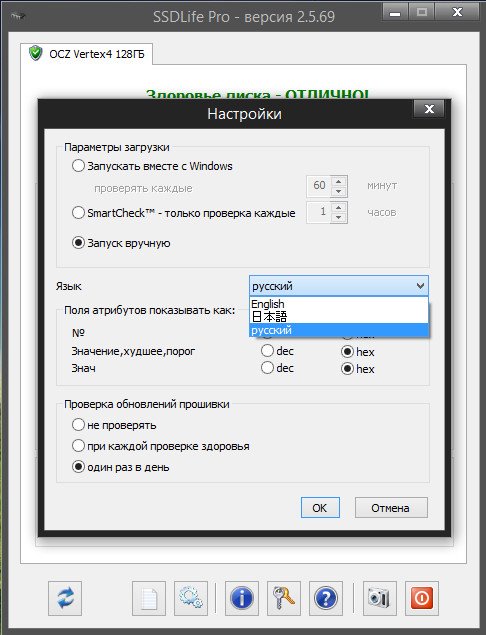

That's why SSD Life was created: it analyzes the SSD memories on your machine and provides you with a complete description of your units from its simple interface. But they don't have as long a life, and you run the risk of losing all of your data if you aren't keeping track of the status of your drive.

SSDLife has been tested with solid-state drives from most SSD manufacturers – such as Kingston, OCZ.SSD (solid state drives) and flash memories have various advantages over traditional hard drives, like higher speed and less weight, noise, and energy consumption. SSDLife supports practically all SSDs that are in use – from the latest Intel models to the time-proven first Vertex models.

Sometimes you may need it to find out how many hours the drive has already been in operation, for example, when you buy a used SSD. The entire information about your SSD - from general (manufacturer, model) to technical (whether your drive/system supports TRIM) - is displayed in the main window of SSD Life. Of course, the date of the lifetime expiration is corrected depending on how intensively you keep using your drive. SSD Life analyzes how actively you use your solid-state drive and uses a special algorithm to calculate its estimated lifetime. SSDLife allows you to control how worn your SSDs are in an easy and convenient way, which means you can control how safely and securely your data is stored on them. It’s a shame when a drive failure results in all your personal data being lost.


 0 kommentar(er)
0 kommentar(er)
